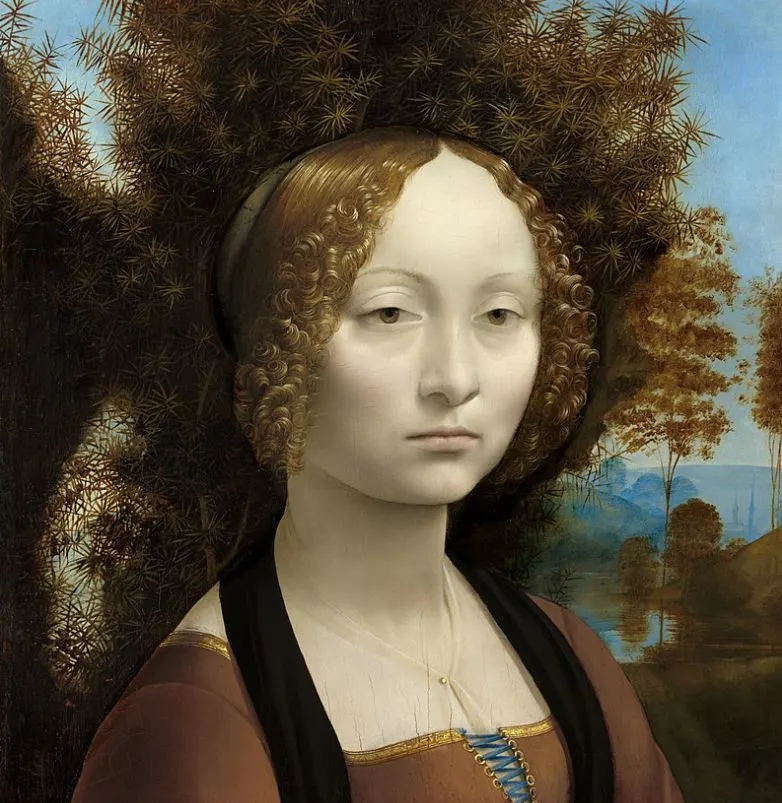One of the most impressive art museums in the world can be found in a landscaped park in the heart of Washington D.C., the capital of the United States.
In this article, you’ll discover the ultimate list of fun and interesting facts about the National Gallery of Art, one of the most famous national museums on the planet where you can find an amazing collection of paintings.
1. It’s located on the National Mall in Washington D.C.
The National Gallery of Art is one of the most fascinating museums in the world and a national art museum in the United States. It’s located in one of the most popular tourist spots in Washington D.C., a landscaped park referred to as the “National Mall.”
It’s located right in the heart of this amazing area in the country’s capital at Constitution Avenue NW, right between 3rd and 9th Streets. That’s about in between the Washington Monument and the Capitol Building on the north side of the National Mall.
There is no admission fee to enter the museum which is quite remarkable for a museum that has some of the most amazing works of art on display and a collection of about 75,000 works.
This also means that it’s one of the most popular museums in the United States and one of the top 30 museums in the world based on the number of visitors.
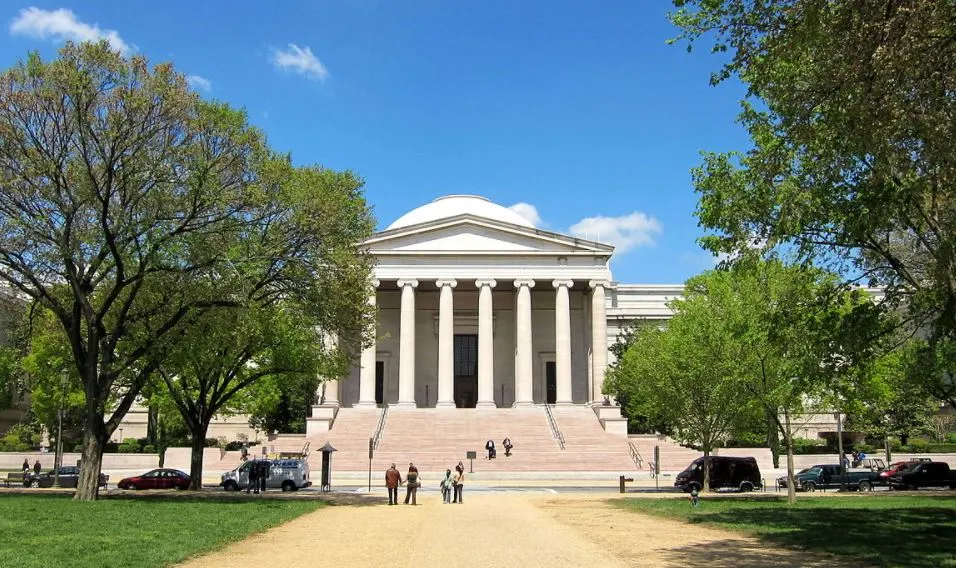
2. It consists of two different buildings and a sculpture garden
The museum consists of 3 different sections. The first building to be completed was the Neoclassical West Building. It was designed by John Russell Pope (1874-1937), an American architect who was involved in multiple other public buildings in the area, including the National Archives and Records Administration building and the Jefferson Memorial.
The museum’s other building dates back to the 1970s and is called the “East Building.” It features a modern design created by Chinese-American architect Leoh Ming Pei (1917-2019).
The Sculpture Garden is the latest addition to the museum and was completed in the year 1999. It covers an area of 2.5 hectares (6.1 acres) and offers visitors a relaxing atmosphere in a garden filled with contemporary sculptures, a pretty awesome place to roam around, that’s for sure!
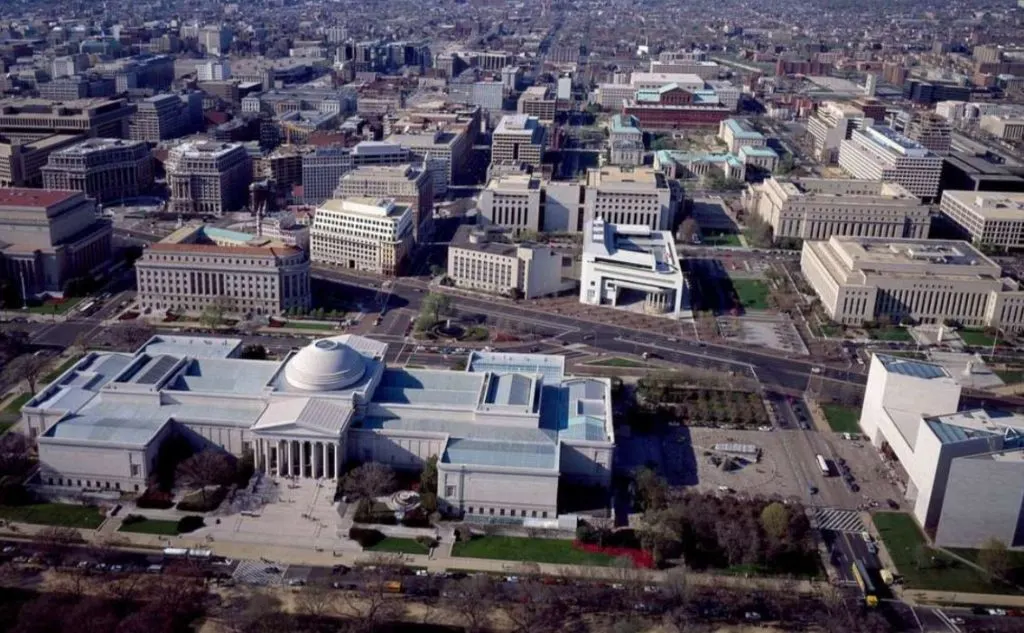
3. A rich philanthropist helped to establish the museum in the 1930s

The National Gallery of Art’s history dates back to the 1930s when banker, politician, philanthropist, and controversial figure Andrew William Mellon (1855-1937) came up with the idea to create a national gallery.
To make it happen, he donated his private collection, which consisted of multiple paintings from old masters that he amassed during World War I. He originally wanted to incorporate the Smithsonian Institution, but this organization backed out when some dubious practices by Mellon came to light to avoid taxes.
After all, that’s not something you expect from the United States Secretary of the Treasury at the time (he held this position between 1922 and 1931), right?
That’s the main reason why the museum was established as a separate entity in the year 1937.
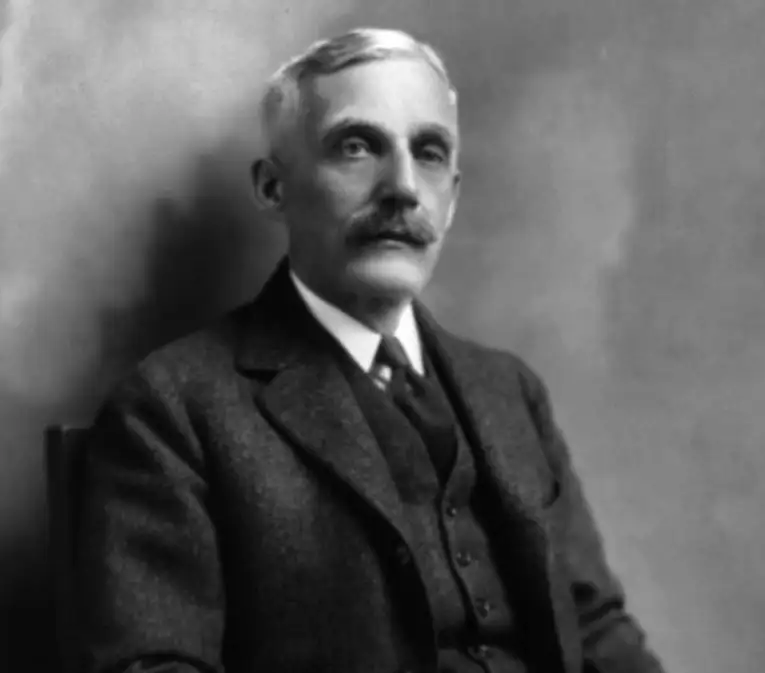
4. The first 21 paintings to arrive came from a museum in Russia
One of the main reasons why the Gallery eventually went its own way was because Mellon created the “A. W. Mellon Educational and Charitable Trust.” This organization was established to acquire artworks on behalf of the museum.
Some people accused Mellon of setting up this construction to avoid taxes, especially when the trust bought 21 paintings from the Hermitage Museum in Saint Petersburg, one of the biggest museums in Russia. One section is located in the astounding Winter Palace.
Some of these paintings include absolute masterpieces by some of the most renowned Renaissance artists in history, including Raphael, Titian, and Jan van Eyck.
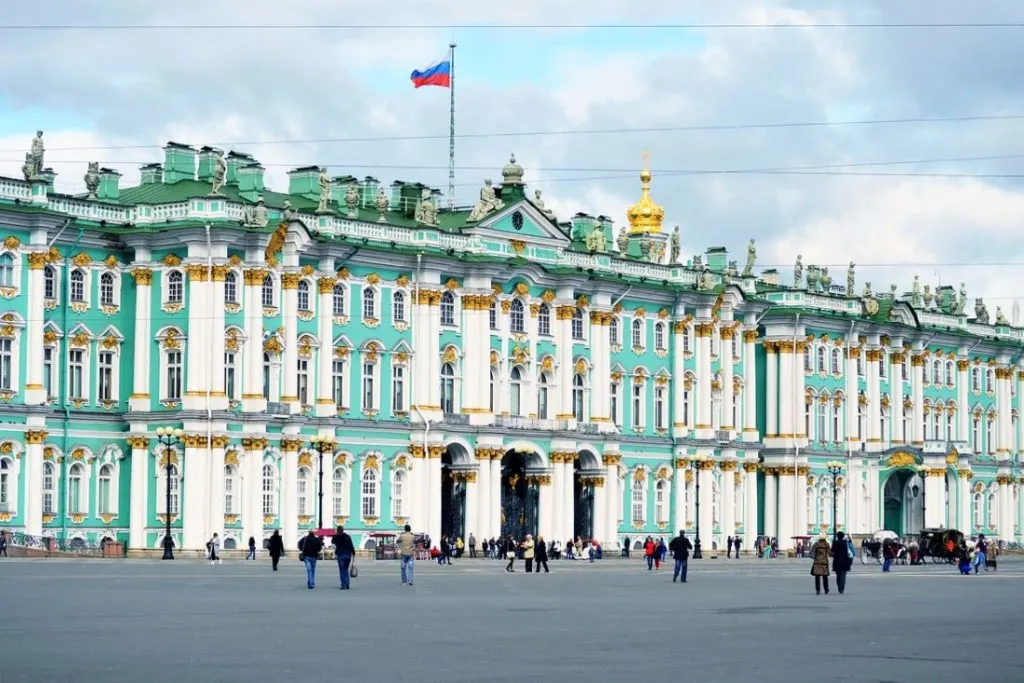
5. A former railroad station with a gloomy history once stood here
The location of the National Gallery of Art is situated on the spot where a former railroad station once stood called the “Baltimore and Potomac Railroad Station.” This station was operational between 1872 and 1907 and was demolished the following year.
The most interesting fact about this railroad station is that it was in this station that the 20th president of the United States, James A. Garfield (1831-1881) was assassinated by Charles Guiteau.
Some war buildings were constructed here during World War I but these were demolished in 1921 to make way for the grandiose George Washington Memorial Building, a project that was never completed.
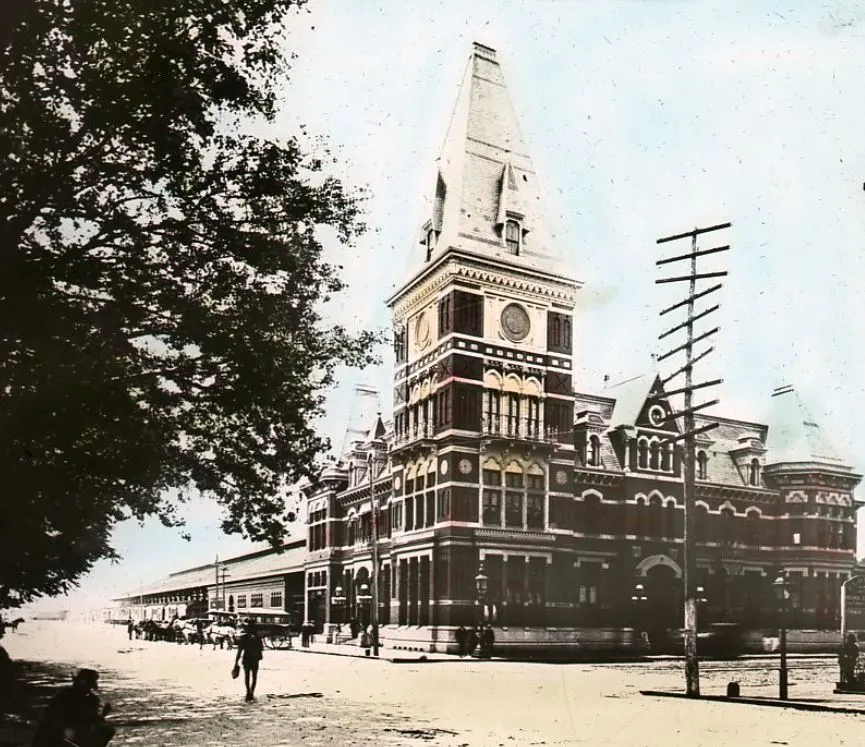
6. The building held a remarkable record upon completion in 1941
This excellently located strip of land was eventually assigned to the museum in 1937 and excavation works started shortly after. One of the most remarkable facts about the National Gallery of Art is that both the founder, Andre Mellon, and the building’s architect, John Russell Pope, died just a few months later.
This didn’t hamper the construction of the Neoclassical West Building and it was officially inaugurated by President Franklin D. Roosevelt on March 17, 1941.
Upon completion, the structure was the biggest marble building in the world, quite a fascinating record!
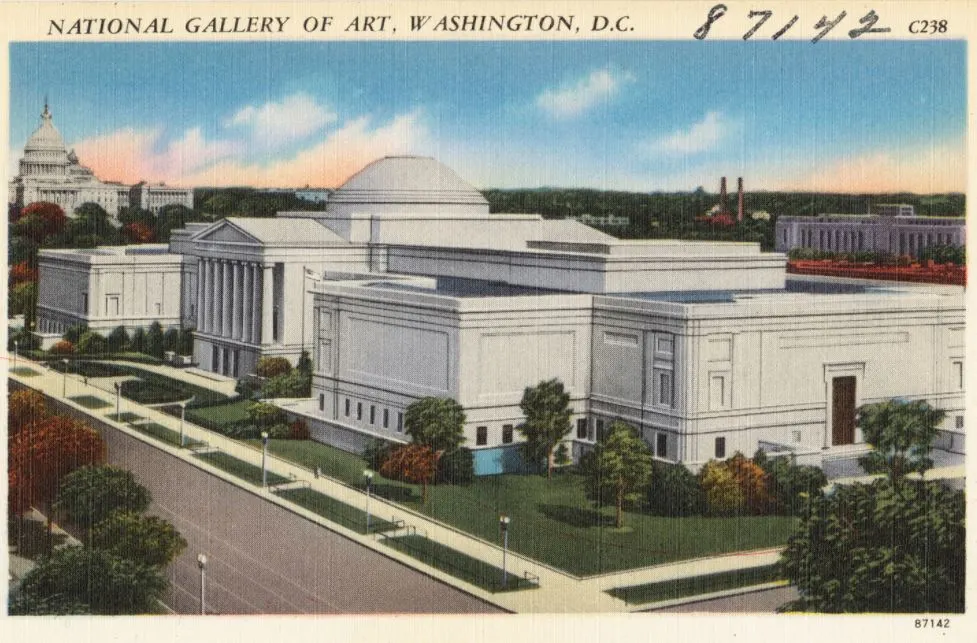
7. The dome of the building looks familiar to a building in Rome
The entire West Building is H-shaped and is centered around the so-called “rotunda,” a breathtaking domed structure that allows visitors to easily access each section of the museum.
The astounding dome of this rotunda probably looks quite familiar if you have ever visited the amazing city of Rome, this is for the simple reason that it was modeled on the dome of the Pantheon, a fascinating ancient Roman temple in the heart of Italy’ capital.
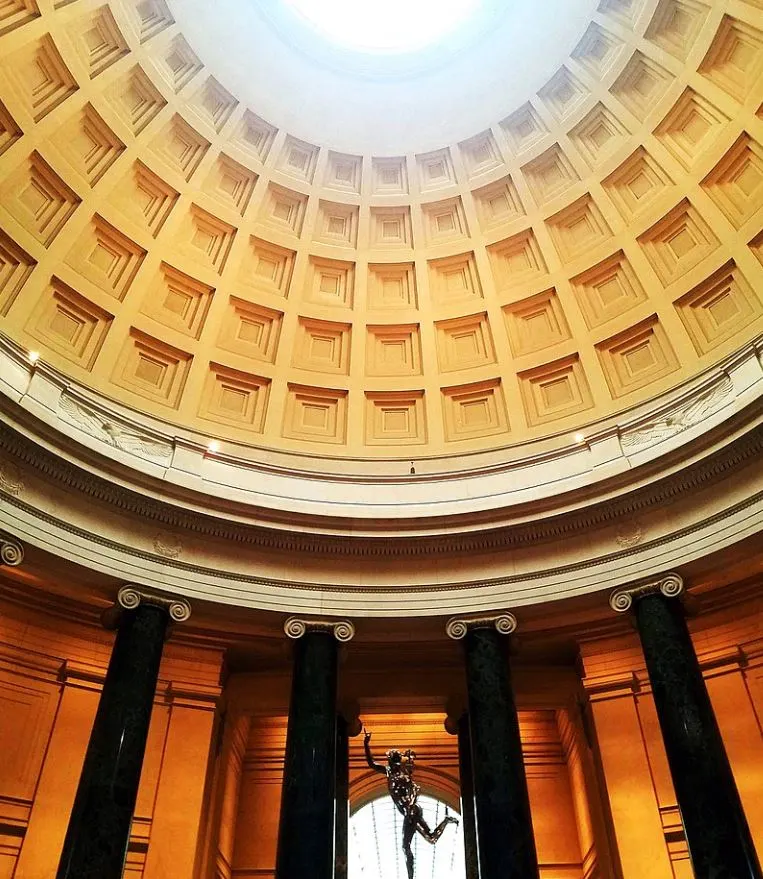
8. The East Building looks completely different with its modern design
The contrast between the Neoclassical West building and the modern East Building is quite profound. The center of this structure is a high atrium and forms the same central space as the Rotunda of the West Building.
Architect I. M. Pei incorporated geometrical forms in this modern building as the building has the shape of a trapezoid that is divided into 2 triangles.
The contrast of the two styles was purposely created to emphasize the different collections housed in each building. The West Building houses masterpieces from the medieval period through the late 19th century, while the East Building focuses on modern and contemporary art.
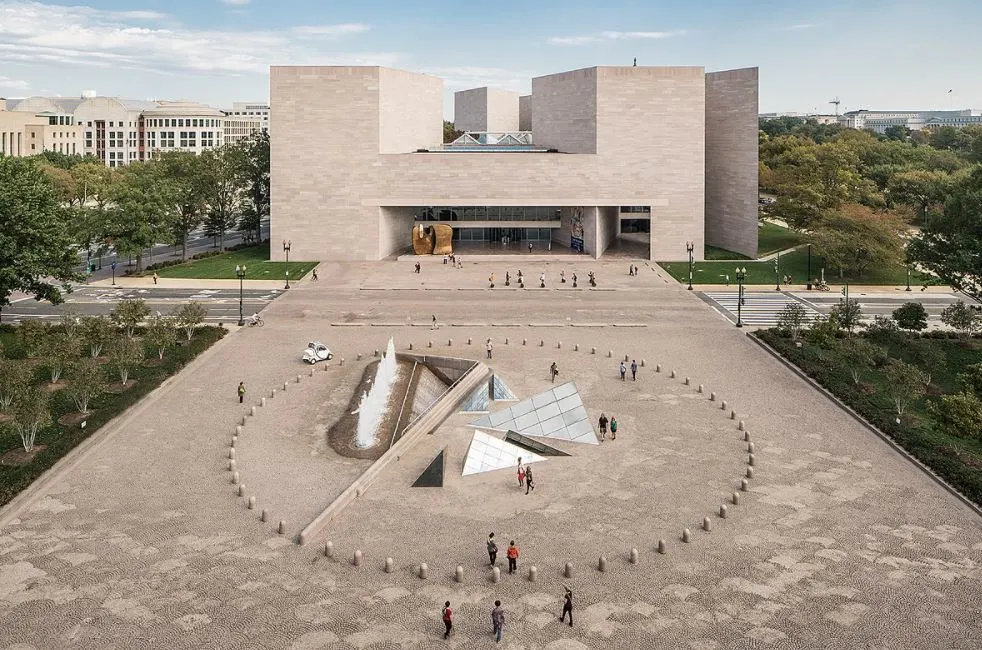
9. The East and West Buildings are connected with an amazing walkway
One of the most amazing features of the museum is a walkway referred to as “The Concourse.” This section runs below 4th Street and connects the West and East Building.
Even though it appears to look like an ordinary airport terminal concourse, this fascinating underground tunnel has been decorated with 41,000 computer-programmed LED nodes by American artist Leo Villareal.
This light sculpture is called “Multiverse” and runs all along the 61-meter (200 feet) long space, creating this fascinating spectacle.
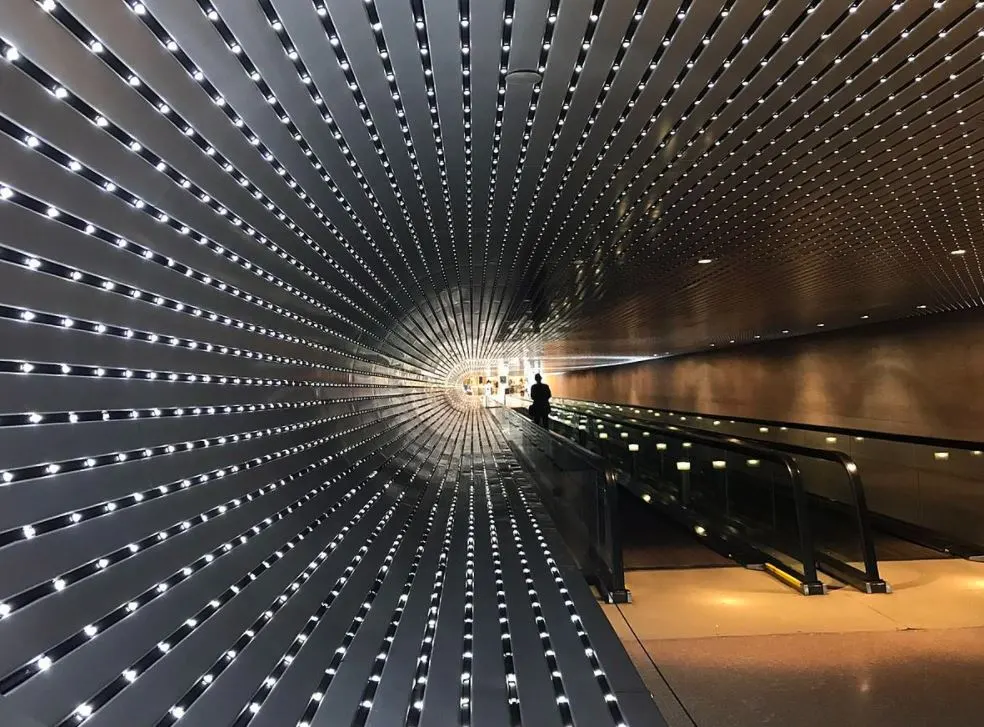
10. The museum is the home of countless priceless works of art
The National Gallery of Art is home to countless priceless works of art by masters from all across the world. Apart from the Renaissance masters mentioned earlier, the West building is also home to famous works by masters such as Jan Vermeer, Rembrandt van Rijn, Claude Monet, and Vincent van Gogh.
Perhaps the most fascinating attraction is the only work by Leonardo da Vinci in the Americas called “Ginevra de’ Benci” (1474), a painting that Leonardo produced in his 20s.
It was bought by the museum for a record-breaking USD 5 million in 1967 and remains one of the most popular attractions in the museum today!
